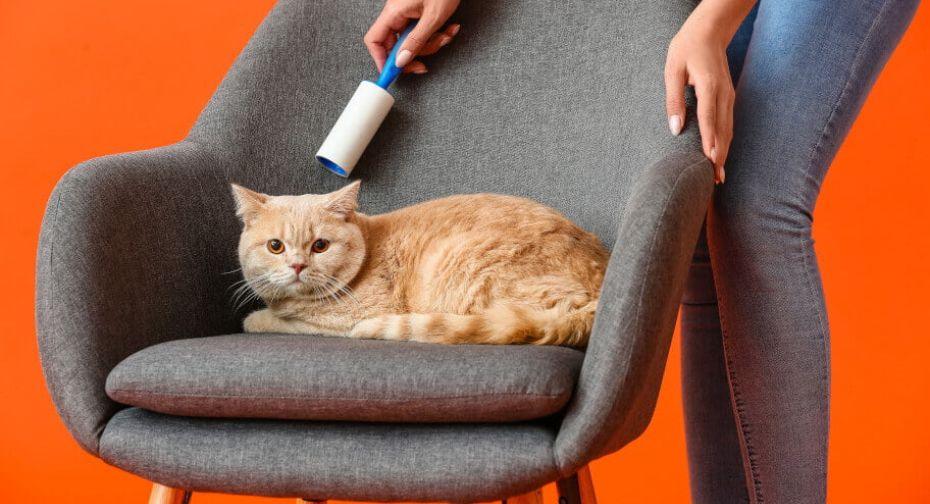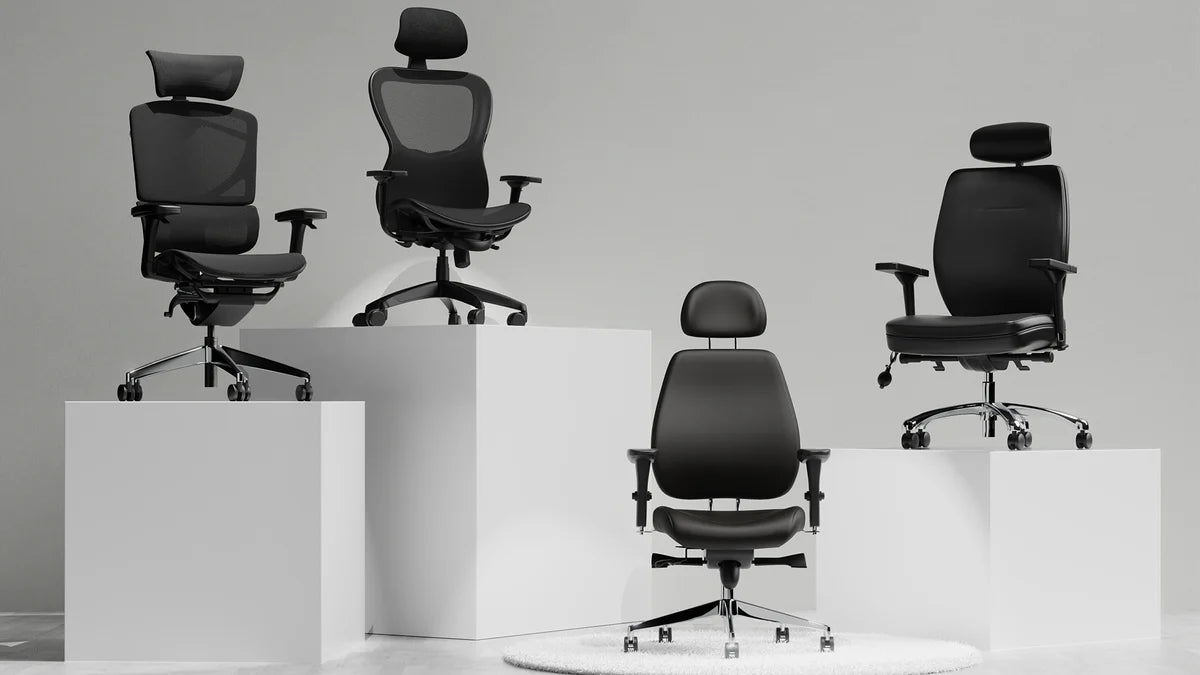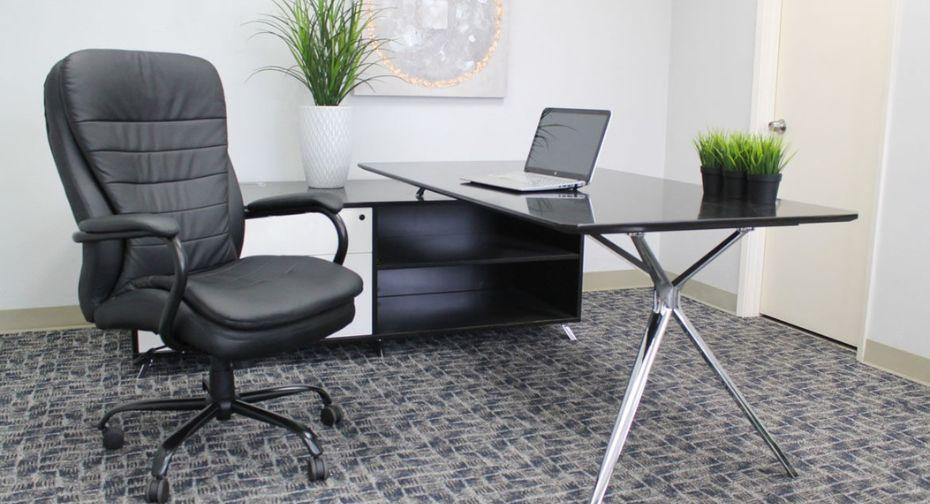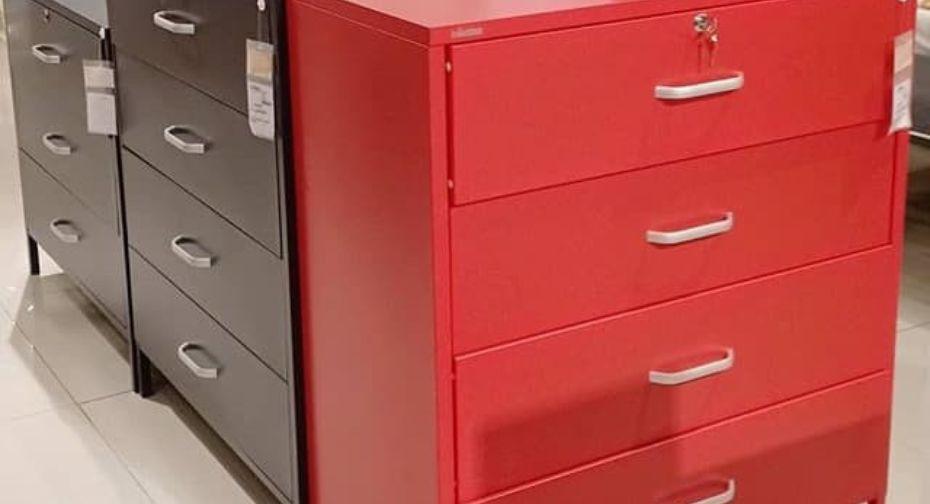Massive warehouse clearance sale! Save up to 70% off RRP - Visit us today!
Massive warehouse clearance sale! Save up to 70% off RRP - Visit us today!
Desks & Tables
Chairs
Office Storage
Accessories

How To Clean Upholstered Chairs
February 26, 2024 5 min read
Upholstered chairs are available in a variety of colors, styles, and sizes. It doesn't matter if you have a plush dining room chair or a formal recliner, they will all need cleaning. It may be enough to vacuum the chair and remove dust. However, you might need to clean years of food spills and pet stains. Understanding how to clean upholstered chairs involves a combination of gentle cleaning methods and regular maintenance, ensuring your chairs remain a stylish and comfortable addition to your living space. We all have our favorite spot on the couch, or in a comfortable chair, that we go to every day, whether it's for relaxing, napping or even doing a little work. The fabric will eventually become dirty, and may even develop a few stains. This is especially true if you like to eat and drink while relaxing in your favorite recliner. Even accent chairs can become dirty if you are a frequent entertainer. If you have a futon which is also a sofa then you will want to remove all crumbs and hidden stains. If you only have 15 minutes to spare, you can easily clean your upholstery using products and tools you already have.
How to clean Upholstered Chairs

Wondering how to clean upholstered chairs? Begin by vacuuming to remove surface dirt, and then spot clean with suitable upholstery cleaner for a refreshed look. It is important to identify the type of upholstery on your chair before you start. Furniture manufacturers have been adding tags to their furniture since 1969 to assist you in determining the safest and best way to clean your upholstery. Find the tag under the cushion or chair and follow the instructions for cleaning the code.
⦁ Code W: Fabrics can be cleaned using water-based cleaning solutions.
⦁ Code S: Only use a solvent or dry cleaner to remove soils and stains from upholstery. These chemicals must be used in a room that is well ventilated and without open flames such as fireplaces or candles.
⦁ Code W-S: Upholstery can be cleaned using either solvent-based or water-based products.
⦁ Code X: Only vacuum or hire a professional to clean this fabric. Staining and shrinking can be caused by any type of cleaning product.
You can test the fabric in a hidden area by using different cleaning agents.
How often to clean an Upholstered chair
Spills or stains must be removed immediately. Remove any solids from the fabric using the edge of the credit card or blunt knife. Rubbing will only cause the stain to penetrate deeper into the upholstery. Blot liquids on a paper towel until there is no moisture left. Learn the art of how to clean upholstered chairs with care, incorporating gentle cleaning agents and techniques to keep your chairs looking inviting and well-maintained.
You should vacuum your sofa and upholstered chairs weekly. However, you should clean the upholstery and remove stains as needed or at least on a seasonal basis.
Tools and Equipment

⦁ Vacuum cleaner with upholstery brush and hose attachment
⦁ Sponge
⦁ Microfiber cloths
⦁ Medium bowls
⦁ Electric whisk or mixer
⦁ Plastic buckets
⦁ Brushes with soft bristles
Materials
⦁ Mild dishwashing fluid
⦁ Commercial Upholstery Cleaner
⦁ Dry Cleaning Solvent
⦁ Baking soda
Vacuuming the Chair
Vacuuming your chair is the best way to start a thorough cleaning session. While you're doing a deep cleaning, be careful not to move loose dirt. Use a vacuum cleaner with an upholstery brush and hose attachment to loosen dust, crumbs, and pet dander.
Do not forget to vacuum the back and sides of a fully upholstered chair, even if you are placing it against a wall.
The crevice tool is useful for cleaning between cushions and frame. Remove the cushions from the chair and vacuum on both sides. If possible, tilt the chair and vacuum around the legs and the bottom.
Tip
Sprinkle dry baking soda on the upholstery of a chair to freshen it. Use a soft bristled brush to work it into the fabric. Leave it on for an hour or overnight. Remove the baking soda, dust and odor with a vacuum cleaner.
Remove Stains And Heavily Soiled Areas

If you can identify the cause of the stain, it is useful but not necessary. Follow the instructions on the label of the commercial upholstery cleaner or make a homemade solution to remove the stain. You should pay special attention to the headrests and arms of your furniture, which are often heavily soiled by body oils.
How To Remove Stains
Mix one-fourth of a cup of dishwashing soap with one cup of warm tap water in a large bowl. Create suds using an electric mixer or whisk. Dip the sponge in the suds, not the water. Gently scrub the stained area. Rinse the sponge with warm water in a separate container as the soil is being transferred. The sponge should be damp but not dripping. For heavily soiled surfaces, you can use a nylon brush with soft bristles.
To remove any remaining cleaning solution, dip a microfiber cloth or sponge in clean water. It is important to "rinse", as any detergent that remains in the fibers will attract dirt. Let the area air dry away from heat or direct sunlight.
Follow the instructions on the label of the dry-cleaning solvent if the chair upholstery needs it.
Prepare a general cleaning solution
Prepare a solution less concentrated of dishwashing fluid and water for general cleaning of chair upholstered with W or WS codes. One teaspoon of dishwashing fluid per gallon of warm, lukewarm water is all that's needed.
Use dry-cleaning solvent commercially available or contact professional upholstery cleaner for S-coded furniture.
Rinse And Dry The Upholstery
Dip a microfiber cloth or sponge in the solution, and squeeze until it is just damp. Wipe down all fabric surfaces starting at the top. Working in small sections is best. Avoid over-saturating the fabric or metal or wooden components of the chair.
Then, use a clean sponge or cloth slightly dampened with water. To absorb as much water as possible, finish by wiping the upholstery dry with a cloth. Use a circulating air fan to speed up the drying process, but avoid direct heat such as a hairdryer.
How To Keep Your Upholstered Chair Clean For Longer

⦁ Vacuum your carpet regularly to remove dust, which weakens the fibers.
⦁ Cover the arms and headrests of your chairs with covers that are easily removable and washable.
⦁ Pretreat new upholstered chairs with a stain-protection product.
Conclusion
Discover effective ways on how to clean upholstered chairs by using a gentle cleaning solution and a soft brush to maintain the fabric's texture and appearance. It is important to know how to properly clean upholstered furniture in order for them both to look good and last a long time. The fabric texture and cleanliness can be maintained by vacuuming regularly to remove surface dirt, and addressing stains promptly with appropriate upholstery cleaners. To prevent mold and damage, it is important to follow the cleaning instructions provided by the manufacturer and allow enough time for drying. Cleaning upholstered chairs with meticulous care not only improves their appearance, but also makes them more comfortable and inviting.
Leave a comment
Also in News

Creating an Ergonomic Workspace: Boost Comfort and Productivity with Posture Seating in Modern Offices
November 13, 2024 3 min read



















